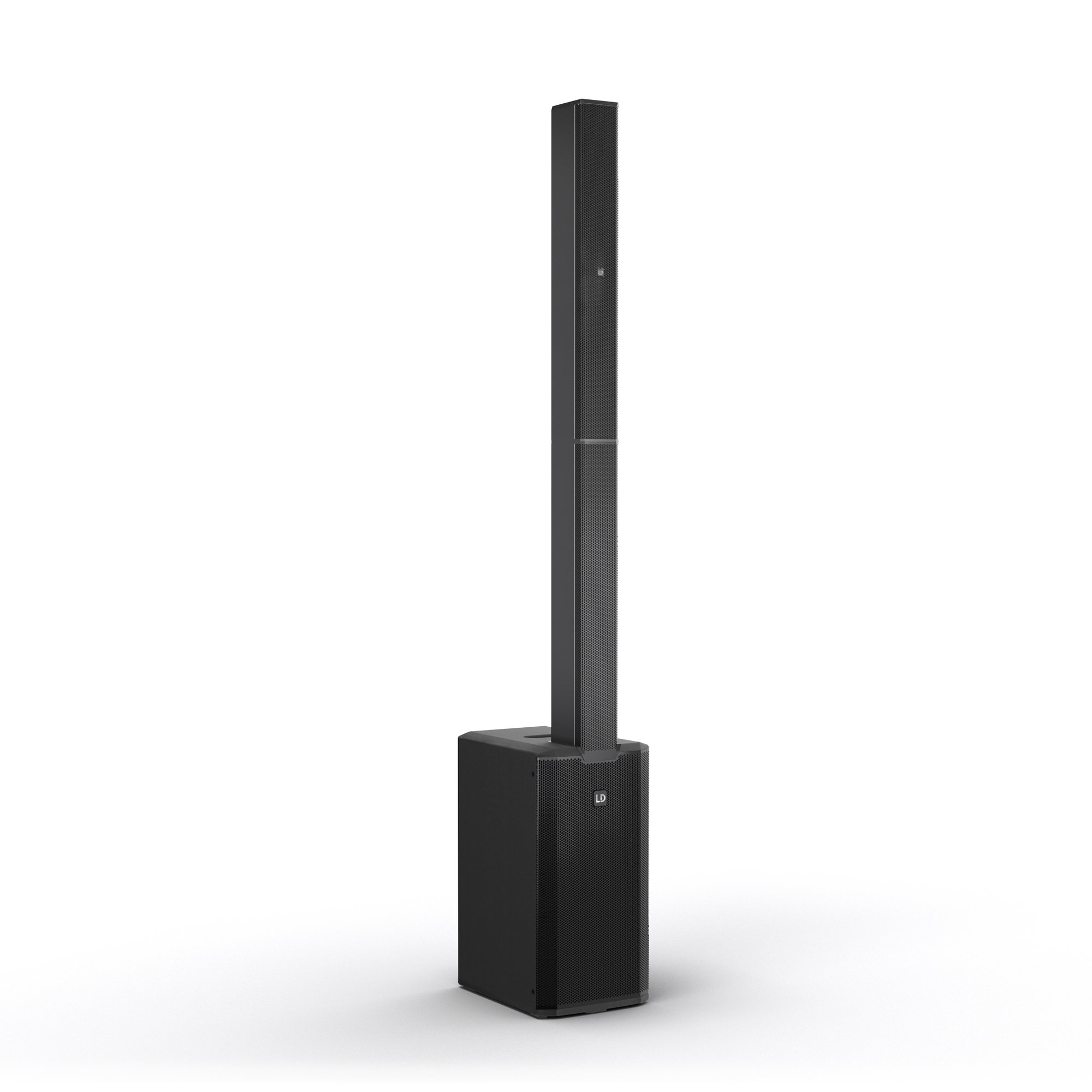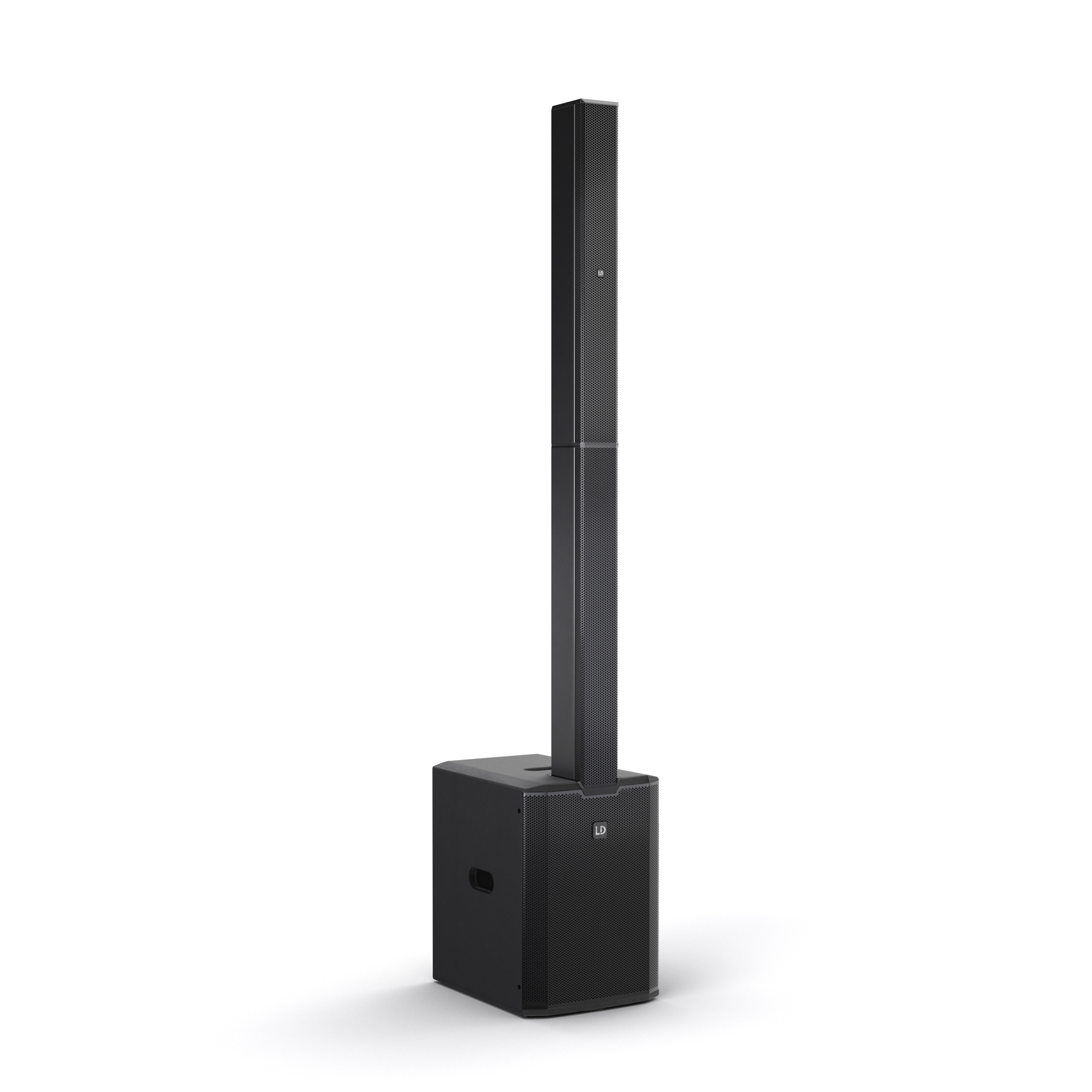It’s that exciting time of the year when equipment manufacturers release information about their newest speakers and here at The DJs Guru we’re here for it. LD Systems, makers of some of the most popular column arrays on the market, did not come to disappoint. Recently, they shared the news of a big update to two of their popular models, the Maui 11 and Maui 28. These compact portable column array speakers were already some of the most well-built options for musicians and DJs. Today we are going to dissect all of the ways that these updated versions improve on their predecessors, including a change in the drivers, signal processing, and more.
Looking for the best price on the Maui G3 series? Click here.
LD Systems Maui G3 – Building Upon Greatness
Before we talk about the improvements to the Maui 11 and 28, let’s start with the things that were already solid in these speakers.
The 11 and 28 already had a lot going for them in their previous G2 generation. Both models had very modern design aesthetics and durable but lightweight cabinets. They also both pushed out max SPLs over 120 dB, meaning they could handle small to medium gigs with ease. Additionally, each was equipped with LD System’s DynX DSP technology to handle functions like limiting, EQ, compressors, and the crossover. Basically, the DynX system made sure the speaker sounded good while ensuring protection at all times. Both the 11 and 28 were designed with the performer in mind. The columns and drivers were crafted to minimize feedback from microphones while spreading sound out over a large area. The vertical dispersion, on the other hand, was quite narrow (20 degrees) to avoid wasting energy on the ceiling and floor.
LD Systems Maui G3 – New Additions and Improved Performance
While we could continue to extoll the features of the original 11 and 28, you came here to know what’s been updated. As we alluded to in the introduction, these new models underwent more than just minor tweaks. The end result is a speaker that goes louder and hits lower than ever before.
Maui 11 G3

They’ve also done something quite interesting with the column itself. Giving it the name “cardioid column,” this new design purportedly controls the low and midrange frequencies better than the prior G2 model. Cardioid designs, for those that may not know, shape the sound so that greater volumes are experienced in front of the speaker than behind it. The speaker finishing and connectors are also noteworthy. Instead of a standard PU paint job, the subwoofer now is coated with an improved impact-resistant polyurea. The multi-pin connector between columns has also been reinforced.
Maui 28 G3

This model is powered by a 1,030W RMS amplifier delivering 127 dB max SPL. This level of sound output is more than enough for the average mobile DJ or solo musician’s gigs. If users add a second subwoofer to the system, low frequencies will experience up to a 6 dB boost in front. In addition to the unique “cardioid column” design that LD Systems has developed, the subwoofer also has built-in directivity control. A flick of a switch will reduce low frequencies behind the column.
Like in the Maui 11 G3, the 28’s cabinet is now more robust than ever. The upgraded polyurea coating and reinforced multi-pin connectors are a huge plus. For professionals on the road every weekend, these speakers will stand up to years of abuse. Transporting the speakers is easier now, too; 4 handles make moving the columns and sub a breeze.
LD Systems Maui G3 – Final Thoughts
As companies produce new and newer generations of beloved speakers it can get tough to innovate. The Maui G2 series was well-loved and well-designed, yet somehow LD Systems has upped the ante once again. Whether you need the smaller footprint of the 11 or the greater output of the 28, both models have been refined with the working professional in mind. With reliable internal components and attractive exterior finishing, the new Maui G3 is bound to be a favorite amongst mobile entertainers.
Looking for the best price on the Maui G3 series? Click here.


